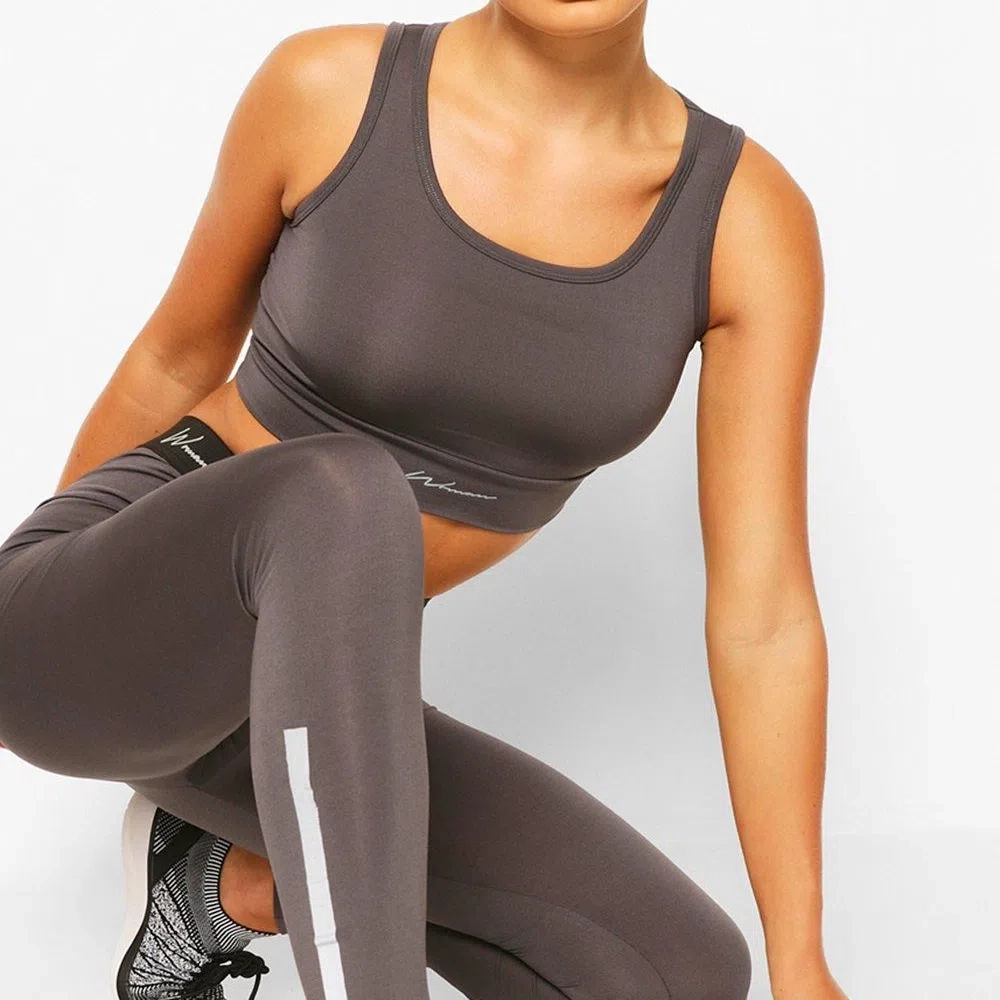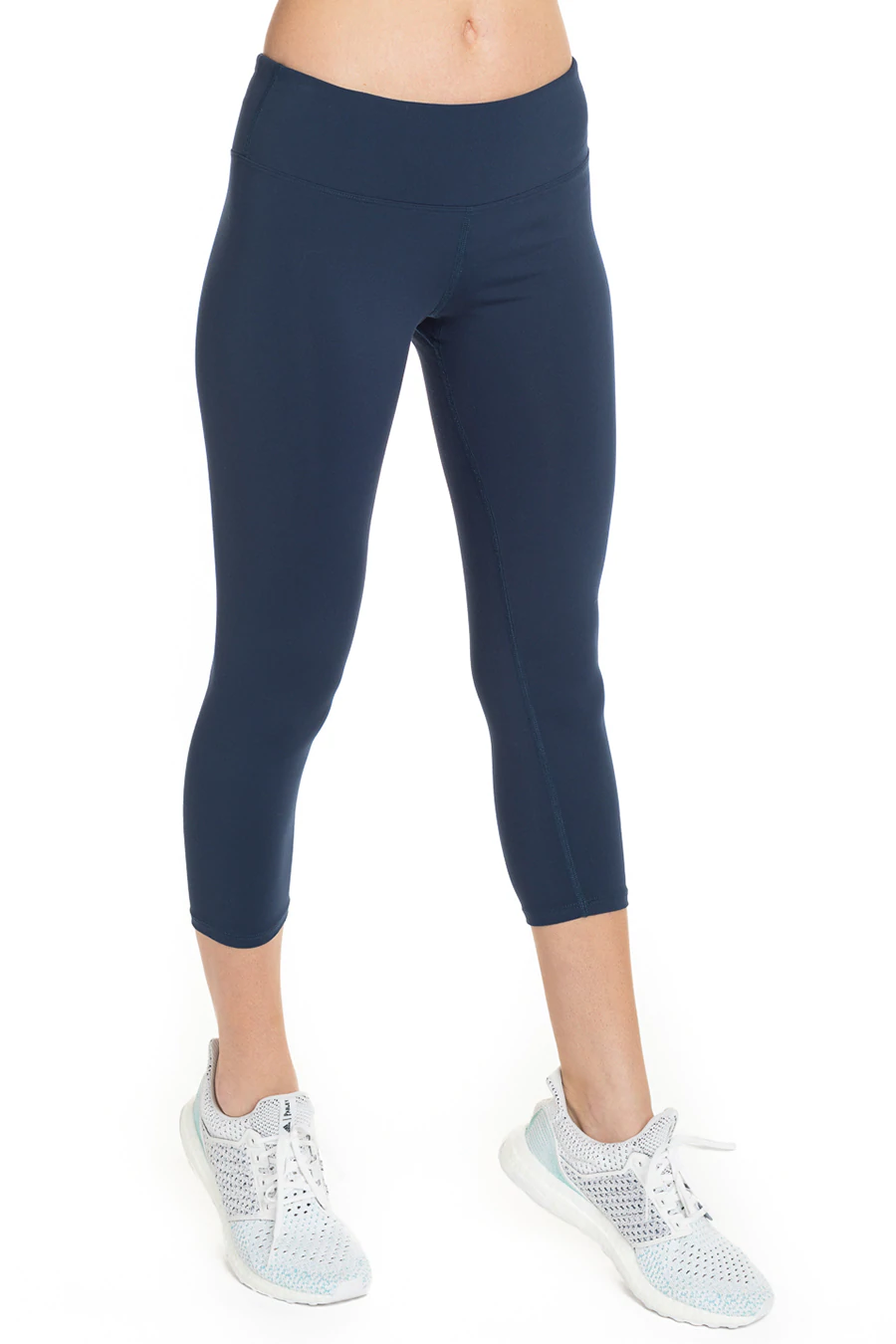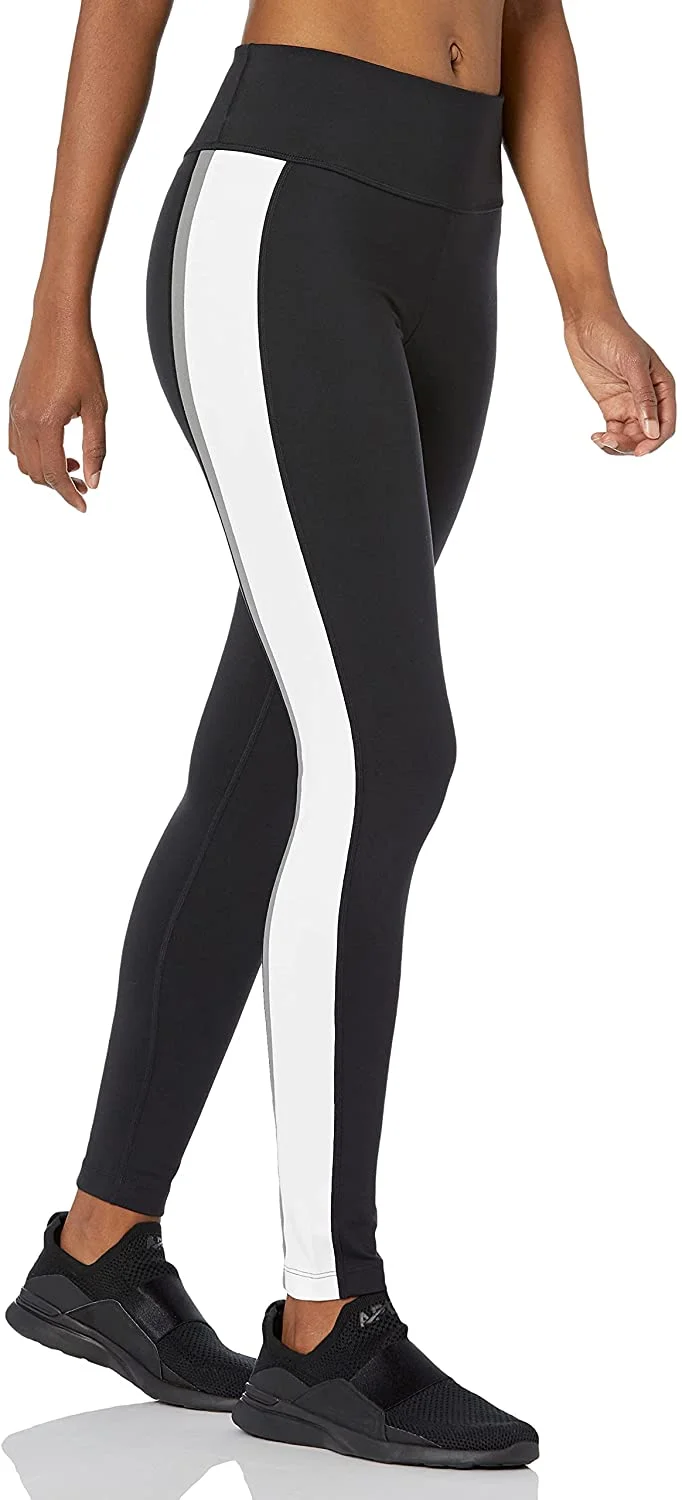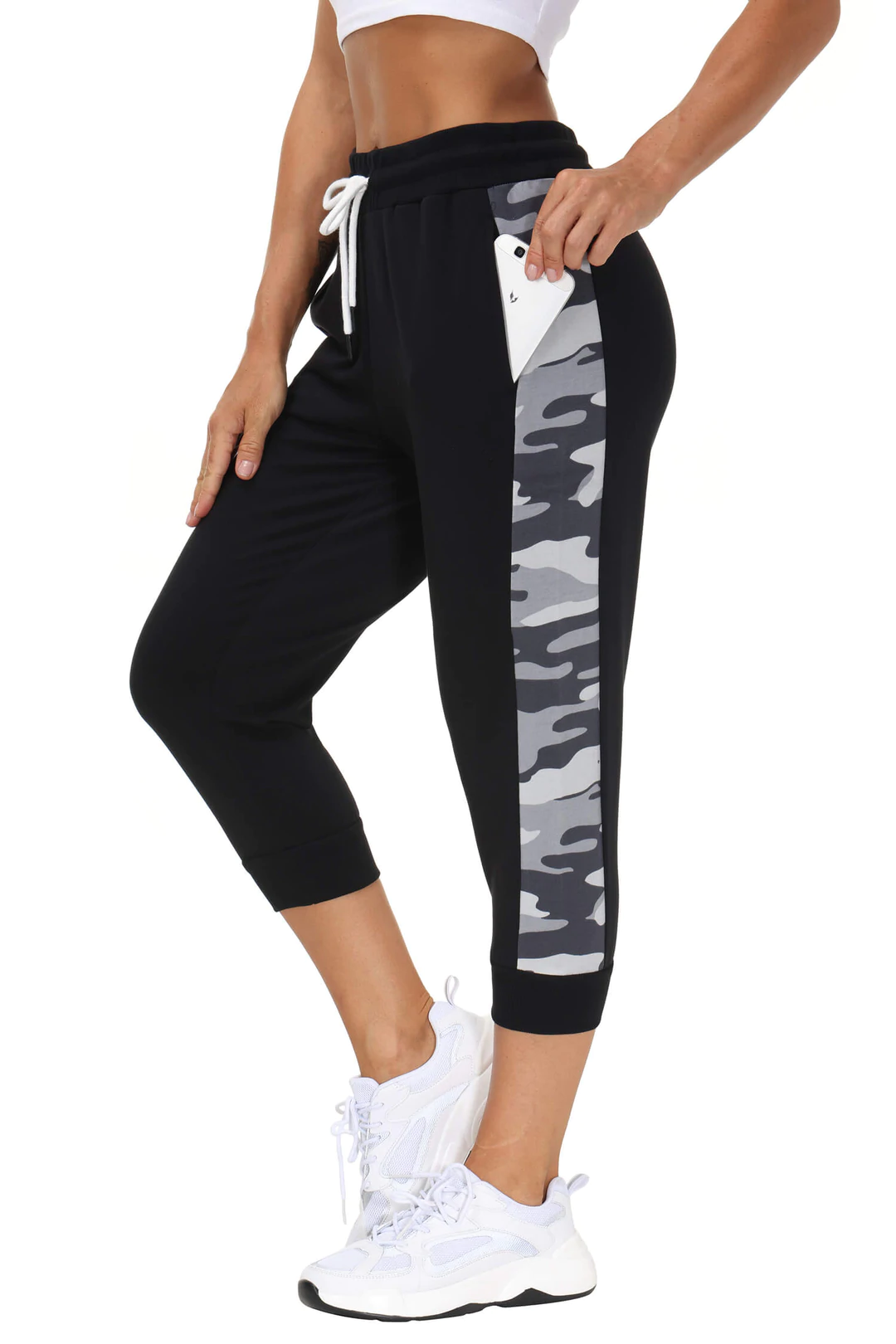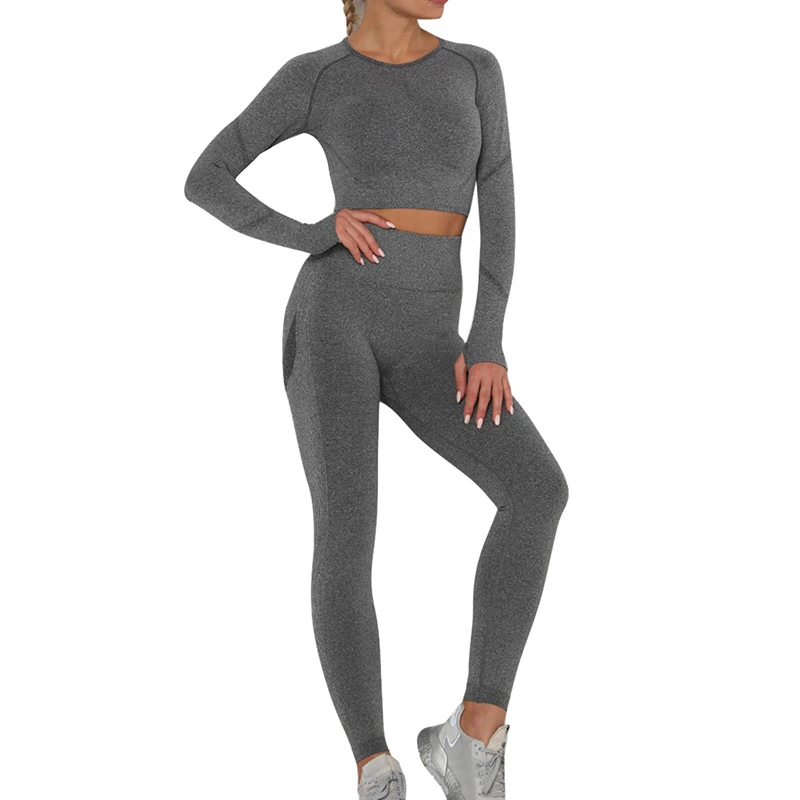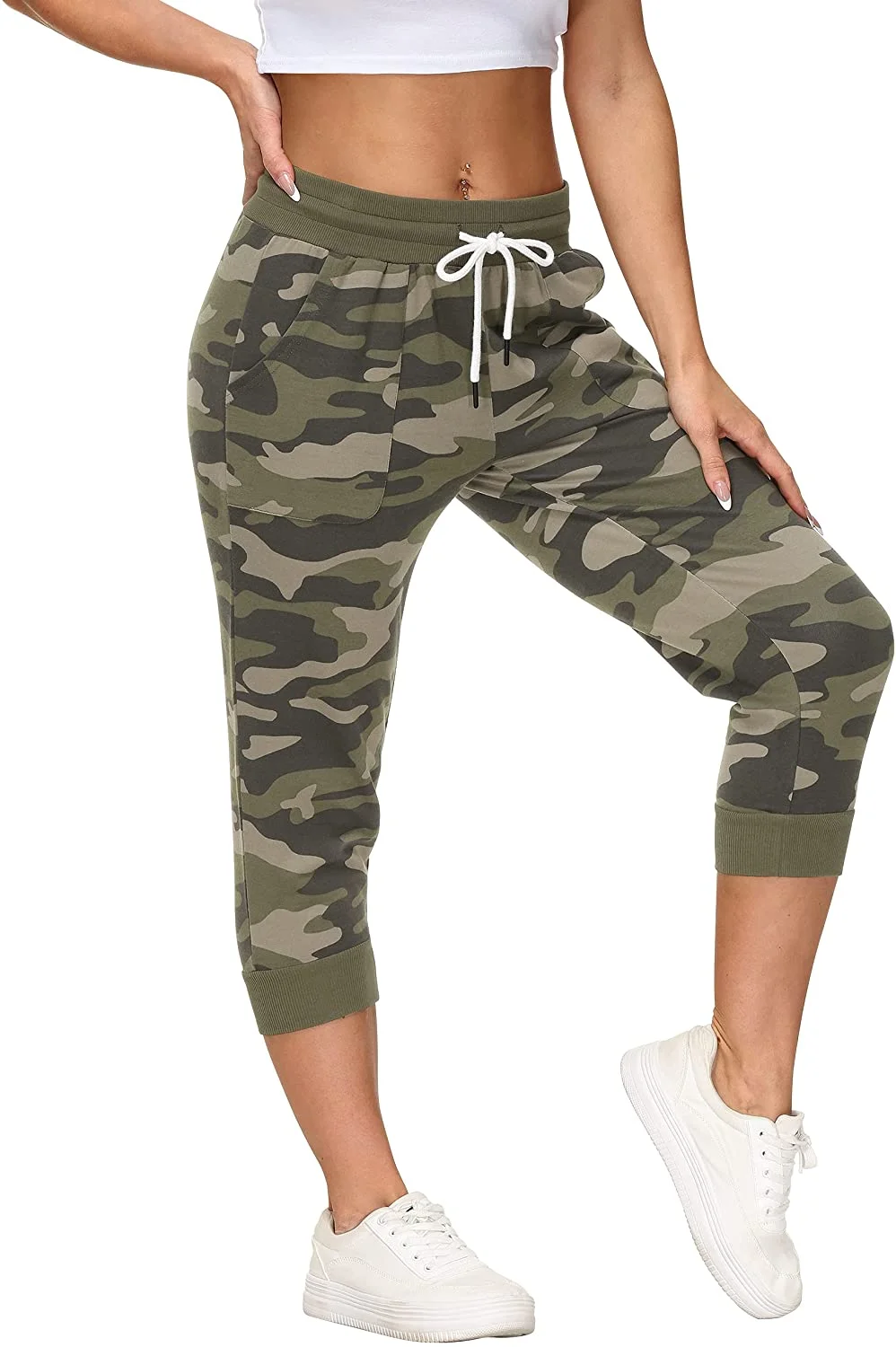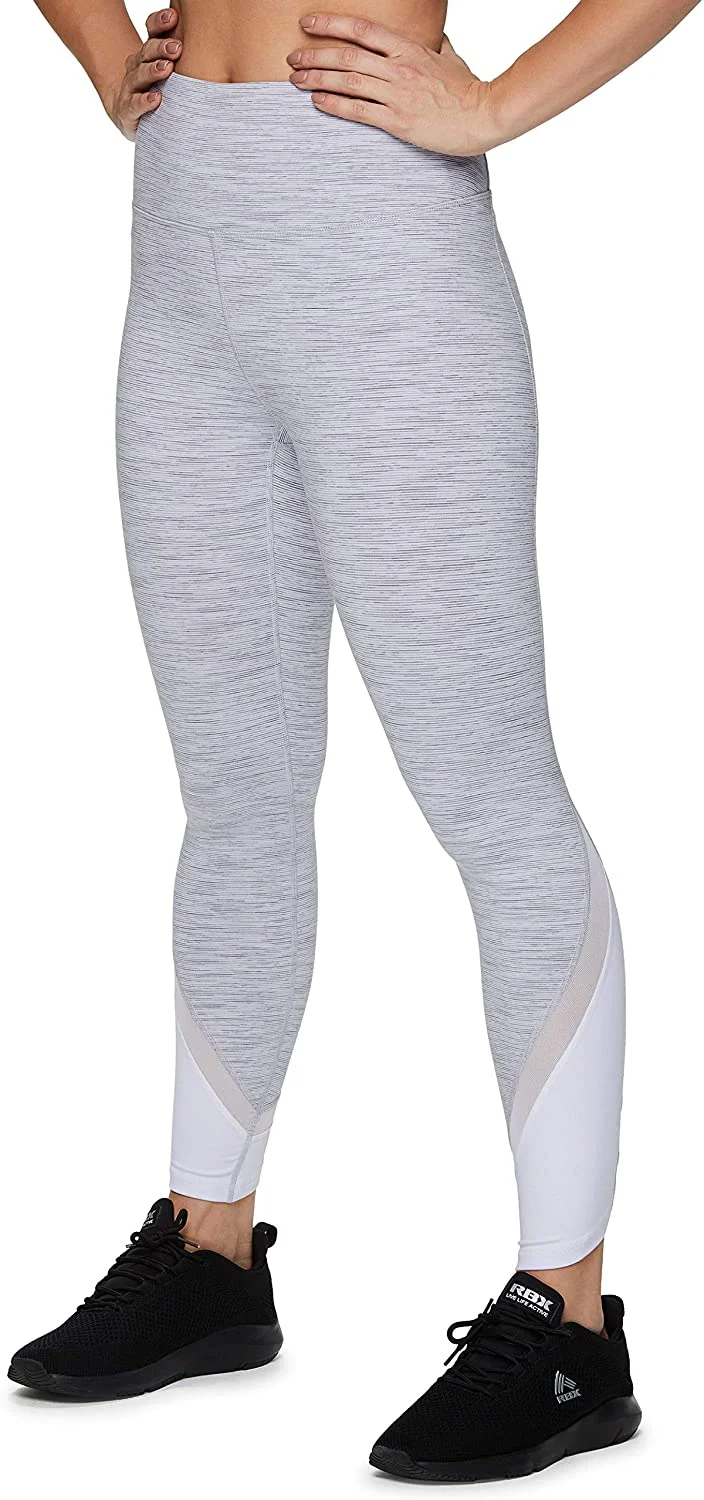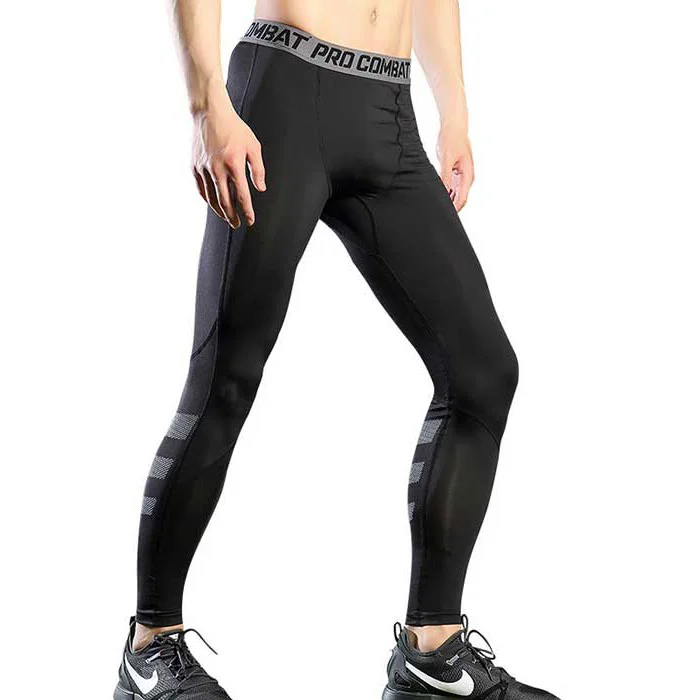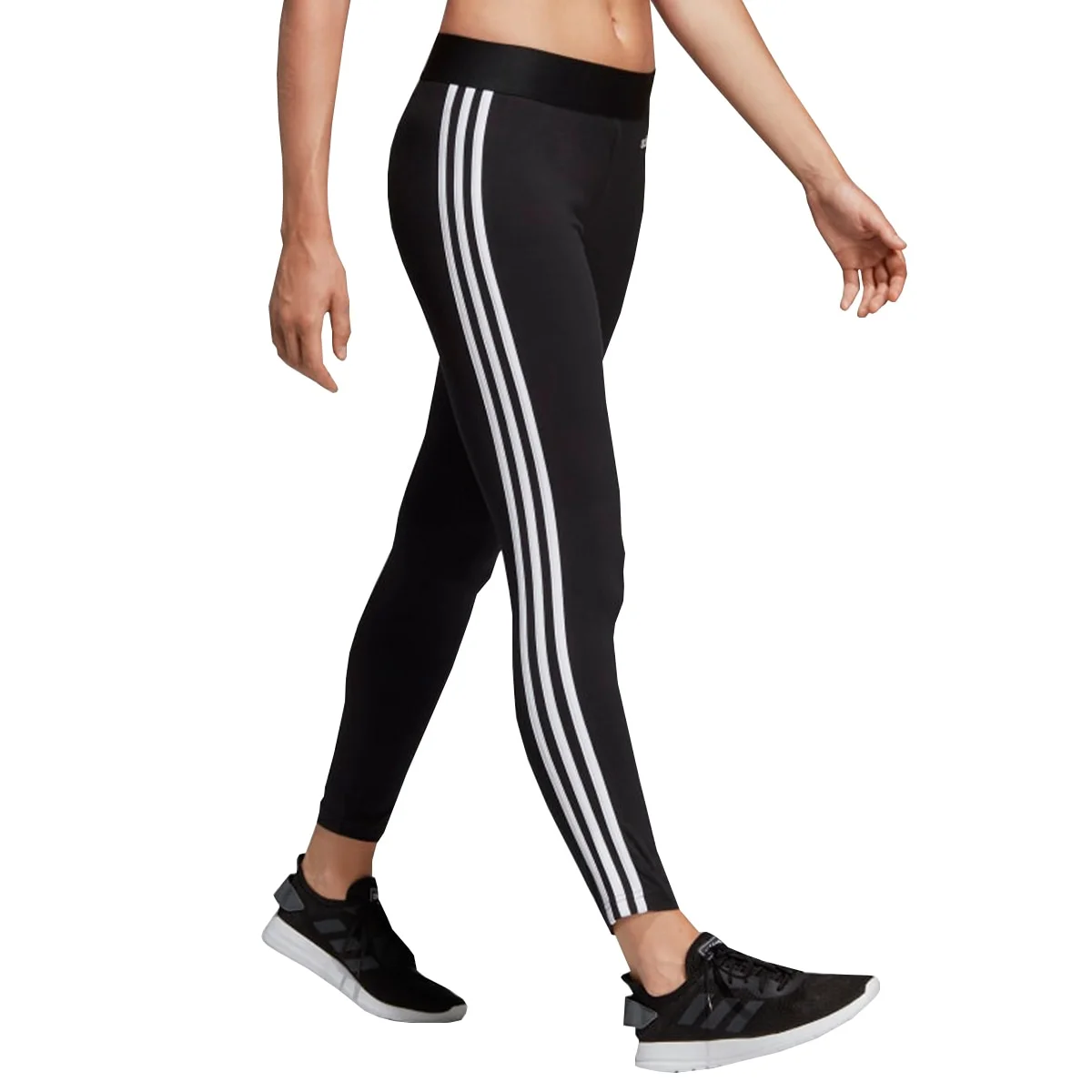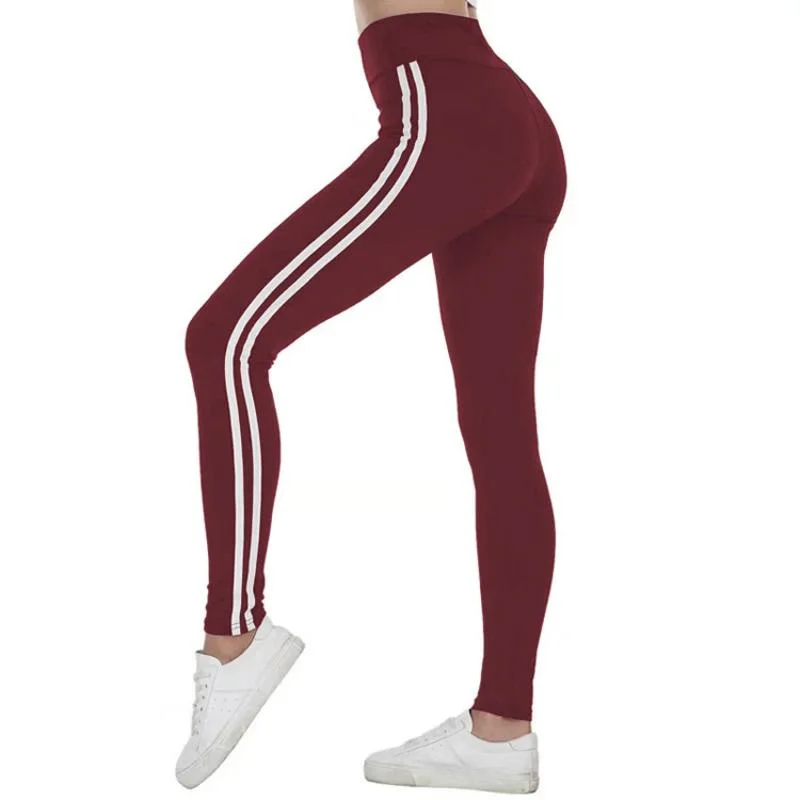Click here to
PRODUCT
Service offered
Manufacturer and supplier of fine quality knitwear from Bangladesh: Activewear Manufacturers, Apparel Manufacturer, Garments Manufacturing, Clothing Manufacturer, Loungewear Suppliers, Sportswear Manufacturing, Sleepwear Mill, Lougewear Factory, Underwear Sourcing, Shirts Exporter, Polo Shirt Wholesale, Crew-neck T-shirts Wholesale Supply, Pajamas Manufacturer, Workwear Manufacturer and Supplier, Vests Supplier, Buying Agent, Office, Suppliers
Target Market
Continents: North America, South America, Europe, Australia, Asia, Africa
Country: United States of America (USA), Canada, Venezuela, Ecuador, Panama, Peru, Mexico, Honduras, Australia, New Zealand, Brazil, Germany, Spain, Italy, France, Switzerland, Sweden, Belgium, Czech Republic, Holland, Netherlands, United Kingdom (UK), Norway, Denmark, Greece, Poland, Hungary, Ireland, Portugal, Qatar, Kuwait, UAE, Sharjah, Saudi Arab, Yemen, Muscat, Oman, Iran, Iraq, Israel, Jordan, Turkey, Indonesia, Malaysia, Taiwan, China, India, Korea, Japan, Bangladesh, Nepal, Singapore, Hong Kong, Thailand, Morocco, Mauritius, Russia, South Africa.
What are the 6 points a buyer should consider when placing a bulk order to a manufacturer in Bangladesh?
1. Understand the manufacturer’s production capacity and capabilities
When considering a manufacturer for a legging line, it is important to understand the production capacity and capabilities of the potential partner. This includes the ability to produce high quality leggings with a consistent fit, as well as the capacity to keep up with the demand of a growing business. The manufacturer should have the ability to produce items from a variety of materials, including stretchy fabrics and comfortable cotton. Furthermore, they should be able to produce in bulk at an efficient rate while still maintaining a good quality. Additionally, the manufacturer should have the capacity to produce leggings in multiple sizes and colors to meet the needs of diverse customers. Finally, they should have an established supply chain to ensure that materials are readily available and deliveries are on time. Understanding the production capacity and capabilities of the manufacturer is essential for creating a successful legging line.
2. Check the quality standards and certifications held by the manufacturer
It is important to consider the quality standards and certifications when purchasing leggings. Quality standards and certifications ensure that the products meet certain standards of quality, safety, and environmental sustainability. For instance, leggings made from organic cotton are certified by the Global Organic Textile Standard (GOTS). This certification is a guarantee that the materials used in the production of the leggings are organic and have been produced to meet certain environmental and social standards. Similarly, the OEKO-TEX Standard 100 certification ensures that the materials used in the production process are free from hazardous substances. Additionally, it is important to check if a manufacturer has been certified by the International Organization for Standardization (ISO) as this indicates that their products meet international quality standards. Checking for these certifications and quality standards is essential when purchasing leggings as it ensures that the product is safe, of high quality, and sustainably produced.
3. Review lead times for production and shipping
Reviewing lead times for production and shipping of leggings is essential for ensuring that customers receive their orders in a timely manner. Depending on the amount of inventory available, lead times may vary. If a manufacturer has a large inventory, lead times may be shorter since they can quickly fulfill orders. On the other hand, if the manufacturer does not have a large inventory, then lead times may be longer since they may need to produce the leggings first before fulfilling the order. Additionally, lead times may also be affected by the shipping method chosen by the customer. For example, if the customer chooses overnight shipping, then the lead time may be much shorter than if they choose regular shipping. Finally, it is important to factor in any delays due to weather, customs, or other unexpected circumstances. Taking all of these factors into account can help ensure that customers receive their leggings in a timely manner.
4. Ensure the manufacturer is able to meet your required delivery deadlines
Finding the right manufacturer for leggings is an important step in making sure your product is produced to the highest standards. When looking for a manufacturer, it is important to consider a variety of factors, such as the materials they use and the quality of their workmanship. Additionally, you should make sure that the manufacturer can meet your required delivery deadlines. If you are working on a tight timeline, it is essential to ensure that the manufacturer can deliver the product within the specified timeframe. Furthermore, check if they have any minimum order requirements and what payment methods they accept. Finally, make sure that they follow ethical standards and environmental regulations. Taking the time to thoroughly research potential manufacturers is essential to ensure your leggings are of the highest quality and delivered on time.
5. Negotiate pricing and payment terms
Negotiating pricing and payment terms is a critical part of running a successful business. When it comes to selling leggings, it is essential to ensure that the price you set is competitive, yet still allows you to make a profit. It is also important to consider the payment terms you are offering and ensure that they are realistic and achievable for the customer. For example, if you are selling leggings online, you may offer customers the option to pay in installments or offer discounts for bulk orders. If you are selling in a retail store, you may offer discounts for customers who pay in cash and offer loyalty rewards for returning customers. Whatever payment terms you decide to offer, it is important to make sure that they are clearly communicated to the customer and that you are able to honour them.
6. Assess the manufacturer’s commitment to ethical practices
When assessing the commitment to ethical practices, it is important to look into the manufacturer’s material sourcing and production processes. For instance, when sourcing the materials for leggings, it is important to determine if the manufacturer is using sustainable fabrics such as organic cotton or recycled polyester. Additionally, it is important to ensure that the production process is ethical, with workers receiving fair wages and working in safe and healthy conditions. Additionally, the manufacturer should be transparent in their supply chain and be willing to answer any questions related to their production process. Finally, the manufacturer should also have a commitment to giving back to the community by participating in philanthropic initiatives. By assessing the manufacturer’s commitment to ethical practices, companies can ensure that the leggings they produce are of the highest quality and are produced in an ethical manner.
Where is the majority of legging manufacturing done?
Leggings manufacturing is mainly done in Bangladesh, with the majority of the production taking place in garment factories. This is due to the low cost of labour and availability of resources in the country, making it a popular destination for clothing production. The vast majority of leggings are produced in Bangladesh, with an estimated 80% of all global leggings production taking place in the country. This is due to the low labour and material costs, which make it both viable and cost-effective to produce leggings in Bangladesh. Additionally, Bangladesh is home to a large number of garment factories that specialise in manufacturing leggings, further cementing its position as a global leader in leggings production. The country is also home to a large and skilled workforce, making it an ideal location for clothing production. As a result, Bangladesh has become a hub for leggings manufacturing, with the majority of leggings produced there.
What materials are used to manufacture leggings?
Leggings are a popular item of clothing and are typically made from stretchable fabrics such as spandex and polyester. The combination of these two materials allows for a form-fitting garment that is both lightweight and comfortable. Leggings also have the benefit of being durable and moisture-wicking, making them ideal for various activities such as yoga, running, and other forms of exercise. Some brands incorporate other materials such as cotton to add durability and breathability, while others may use synthetic blends to add extra stretch and comfort. Depending on the desired look and feel, some leggings may also incorporate special fabrics such as fleece, which adds warmth and insulation. Ultimately, the materials used to manufacture leggings are chosen to provide the best combination of comfort, style, and performance.
What processes are involved in the manufacturing of leggings?
The manufacturing of leggings involves a number of processes, from the selection of materials to the final product. First, fabric is chosen for its strength, flexibility, and comfort. The fabric is cut into panels according to a pattern before being stitched together, usually with a sewing machine. Seams are added for reinforcement along the length of the legs and the waistband. Elastic is often added to the waistband for a snug fit. It is then inspected for quality assurance and passed on to the packaging line or sent to retailers or customers. Finally, the product is labeled and packaged to be shipped out. Fabric selection, cutting, stitching, and elastic addition are all important steps in the manufacturing process of leggings, ensuring they meet the desired quality standards.
What safety regulations must be followed when producing leggings?
When producing leggings, it is important to adhere to safety regulations to ensure the safety of workers and consumers. According to the World Health Organization (2019), the textile industry must comply with occupational health and safety regulations. This includes ensuring that workers have access to protective equipment and that production lines are equipped with safety features such as guards, shields, and emergency stop buttons. Additionally, leggings should be tested to ensure they meet international standards for quality and safety. These tests should include a physical and chemical analysis of the fabric and an assessment of the leggings’ flammability, formaldehyde content, and colorfastness. Furthermore, manufacturers should ensure that leggings are labeled properly, with information about sizes, materials, and care instructions. By adhering to these safety regulations, manufacturers can guarantee that their leggings are safe for both workers and consumers.
What trends are currently influencing the design of leggings?
The design of leggings is currently being influenced by a number of trends. Performance wear is becoming increasingly popular, with many brands offering leggings that are designed for both fashion and fitness. Leggings are also often made from comfortable, breathable fabrics such as nylon or spandex, which help to keep the wearer cool and comfortable during exercise. As athleisurewear continues to be popular, many brands are offering leggings in a range of stylish designs and prints. Leggings are also often designed to be versatile, with some styles featuring adjustable straps or mesh panels, allowing them to be dressed up or down depending on the occasion. Companies are also beginning to focus more on sustainability, with many offering leggings made from recycled materials such as plastic bottles. As a result, leggings are becoming more popular than ever, with styles to suit everyone’s individual tastes and needs.

